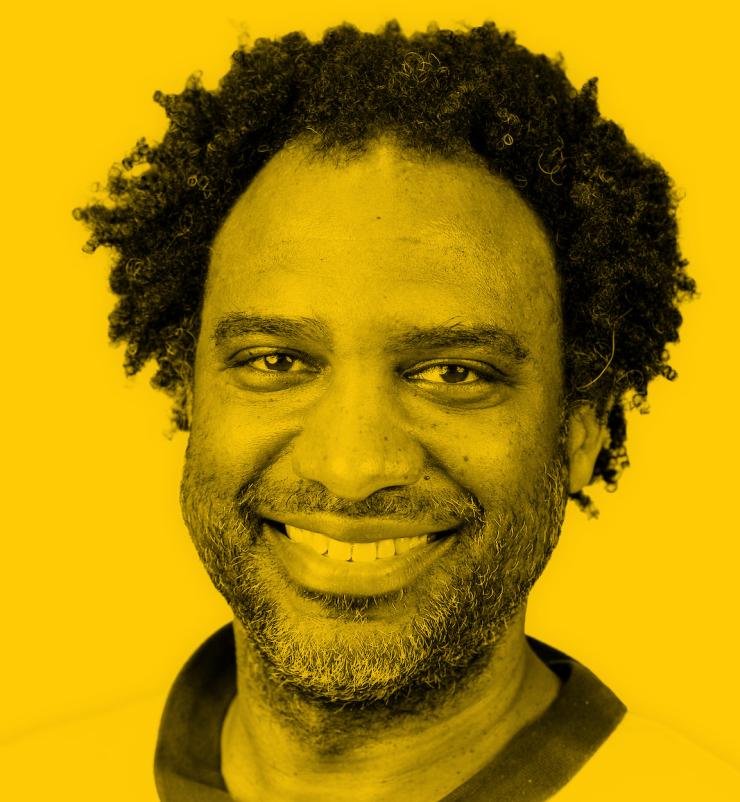Sometimes we start reinventing the wheel and then discover others have been at work reinventing that same wheel. Research can help us understand the work of like-minded practitioners. From there we can take another look at our problems of practice.
In the spring I defined my Problem of Practice: How to gauge mastery learning in a traditional grade reporting system. As it turns out, I really didn’t have as deep an understanding of my problem as I initially presumed. Sure, I knew the broad strokes about attempting to gauge mastery without regard to hard deadlines, how my attempts offended the existing traditional structures, and some of the reasons why I was failing to properly communicate and sell the particulars of my system to parents. But I was missing a lot of the back story and context. I hadn’t read up on previous and current efforts that had run into similar situations and why. As it turns out, I had largely been trying to reinvent a wheel that had been in production for decades.
That’s why a batch of new resources turned out to be so valuable. It’s given me the opportunity to apply appropriate framing and situate my attempts within a long history battling against traditional grading. It’s also provided insight into how I might want to address my communication issue going forward.
The first major understanding-deepening insight I gained was from a podcast that discussed a mastery based grading system created by the Modern Classrooms Project (MCP). The focus of the podcast was the self-paced nature of the system. This system required a learning environment that adjusts pace so that a student would have the ability to continue work on a given learning objective while another student moves on. They were able to strike a balance between still having deadlines, but allowed flexibility to modify the pacing to a limited extent. Much of my problem in execution was related to inadequate management of flexible deadlines that didn’t allow for a more optimal student development towards mastery. Seeing a mastery based system that is successfully being employed, even with traditional grading marks, provided some insights on directions in which I can move with my solution. In particular, the system used timelines as the allotment for in class time to gain mastery for a given objective, but it didn’t limit time spent outside of class. The class generally might move on before students achieve mastery, but they are still able to continue to develop mastery at home or during lunch. It reinforces the idea that development towards mastery doesn’t end. Communication with parents includes listing the objectives that their student has mastered and has yet to master, as well as the opportunity to continue to develop mastery on the objectives that have not been mastered.
My next set of insights came from recommended literature that delved into such interesting topics as the history of grading generally, the longstanding battle between the forces of testing and the progressive resistance, and the importance of infrastructure to facilitate your chosen system of grading/feedback/communication. This helped me to properly situate my current conflicts with traditional grading systems as yet another front within the larger Dewey vs Thorndike war that has characterized education for generations. It’s also helped me identify the underlying issue of my problem as a lack of appropriate infrastructure, which sources suggest is critical to the proper implementation of any grading system. That my primary tool of communicating grades to parents is built primarily for the communication of progress via grades in a traditional system made my difficulties almost inevitable. My solution must address the infrastructure gaps that exist in order to facilitate optimal functioning of my grading/communication system.
Armed with these insights, I’ve begun to formulate my initial solution idea. My goal is to reform my learning environment to formalize guardrails of student workflow to better ensure that students progress through mastering objectives at a rate that provides sufficient time for mastery but pushes them to use given class time effectively. I will also create a new parent communication system that keeps parents apprised of student progress towards mastery of each learning objective. It will enable parents to know which learning objectives students have already mastered, which they have not yet mastered, and the amount of time remaining to gain mastery in class before development must continue outside of class. This system will be web based and link to PowerSchool via comments embedded in reported grades. Also included will be a full explanation of the system overall, including the meaning of the given mastery levels and how students can go about demonstrating higher levels of mastery.
As I prepare to implement these ideas in the fall, I remain open to new insights and ready to adapt my approach as needed. The journey of an educator is one of continuous learning and growth, and I am excited to see how these changes will impact my students.
This is just the beginning. For now, I leave you with a question: How can we as educators continue to innovate and adapt to meet the evolving needs of our students?
Stay tuned for more updates on this journey, and feel free to share your thoughts and experiences. Let’s keep the conversation going as we work together to create meaningful and engaging learning experiences for our students.
